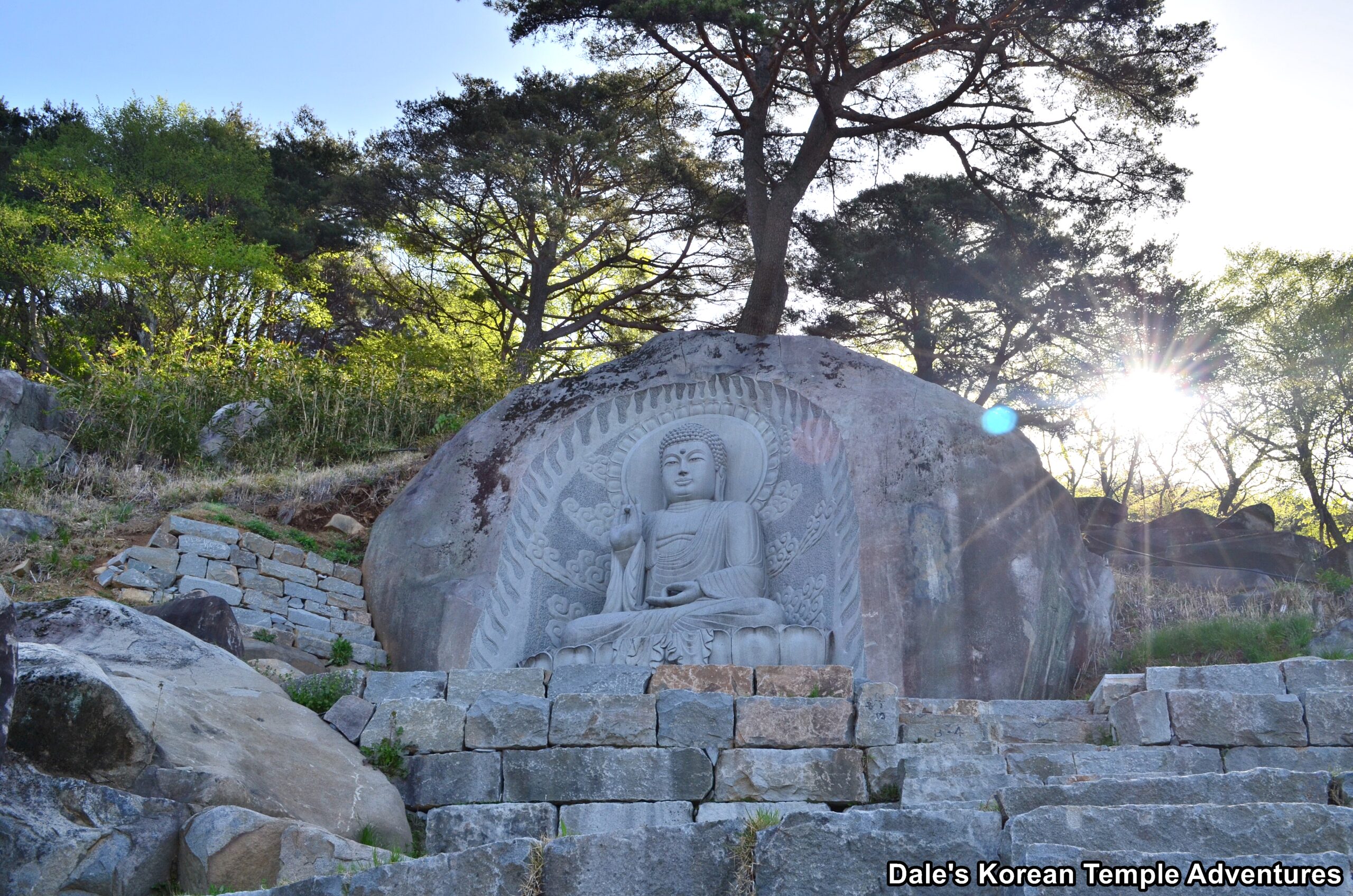
Temple Myth
The founding of Maneosa Temple appears in the Samguk Yusa, or Memorabilia of the Three Kingdoms in English. According to the Samguk Yusa, “In an antique record it is written that the site of Maneosa Temple was formerly called Mt. Jaseongsan or Mt. Ayasasan. Nearby was Garakuk [The Gaya Conferacy], where an egg descended from heaven on the seacoast from which came a man who ruled over that country. This was King Suro [of Geumgwan Gaya, 42?-199 A.D.].
“In those days there was a poisonous dragon in the mountains which lived in a jade pond and carried on with five female Nachal [Rakshasa] on the sapphire waves, calling up thunderstorms and devastating crops of the five grains throughout the four seasons.
“Using his magic art [probably shamanic], the King pronounced spells against the dragon to stop his mischief, but to no avail. It was not until he prayed to Buddha to enforce his Five Precepts [1. do no destroy life, 2. do not steal, 3. refrain from sexual desire, 4. do no lie, 5. do no consume alcohol or drugs] on the monsters that they ceased to do harm. Then the fish and dragons of the Eastern Sea came to these mountains and filled the valley with water and lived there, making music by striking jade stones with their heads and tails.” As a thank you, King Suro built Maneosa Temple for the Buddha’s help in 46 A.D.
Temple History
However, the Samguk Yusa states that the temple was first founded in 1180 A.D. Specifically, the Samguk Yusa says, “In the eleventh year of King Myeongjeong of Goryeo (1180), Maneosa Temple was first built on this mountain [Mt. Maneosan].” After the founding of Manseosa Temple, it was used as a place for the kings of the Silla Dynasty (57 B.C. – 935 A.D.) to hold Buddhist services. Maneosa Temple was later rebuilt in 1506. And from 1879, Maneosa Temple was rebuilt for a final time. While smaller in size than when it was initially built, Maneosa Temple is beautifully located in the southeast of Miryang, Gyeongsangnam-do on the side of Mt. Maneosan (669.4 m).
In total, Maneosa Temple is home to one Korean Treasure, the Three-Story Stone Pagoda of Maneosa Temple; and it’s also the site of the Block Stream in Maneosan Mountain, which is a Natural Monument since 2011.
Temple Layout
You first approach Maneosa Temple, which means “Ten Thousand Fish Temple” in English, up a long and steep mountain road. Finally, you’ll arrive at the temple parking lot. To your back, and facing away from the main temple courtyard, you’ll find the Block Stream in Maneosan Mountain. These rocks that are known as a block stream were first formed as the rocks fell away from later formations caused by erosion and weathering over an extended period of time. More specifically, this rock formation, which stretches some 700 metres long and down the valley, were formed as a result of heavy rainfall at the end of the Ice Age on the Korean Peninsula. According to a myth, on the other hand, these rocks used to be five Nachal [Rakshasa] and a dragon that lived in the area. Together, they would do evil deeds. Then one day, they heard the Buddha’s sermon and turned into stone. Purportedly, all of these stones are turned towards the peak of Mt. Maneosan; and if you tap one of these rocks, it’ll either sound like iron or jade.
Back at the main temple courtyard, and up the set of stone stairs, you’ll see a colourful Jong-ru Pavilion to your far left. Housed inside the Jong-ru Pavilion is a stout Brahma Bell capped by an image of Poroe. And next to the Jong-ru Pavilion are the monks’ dorms and administrative offices.
Straight ahead of you, on the other hand, is the compact Daeung-jeon Hall. Surrounding the exterior walls to the main hall are a beautiful set of Palsang-do (The Eight Scenes from the Buddha’s Life Murals). Stepping inside the Daeung-jeon Hall, you’ll find a triad of statues on the main altar. In the centre of this triad sits an image of Seokgamoni-bul (The Historical Buddha), who is joined on either side by Munsu-bosal (The Bodhisattva of Wisdom) and Bohyeon-bosal (The Bodhisattva of Power). The interior of the Daeung-jeon Hall is filled with wonderful colours and shrines. To the left of the main altar is a golden image dedicated to Gwanseeum-bosal (The Bodhisattva of Compassion). And to the right of the main altar is a green haired image of Jijang-bosal (The Bodhisattva of the Afterlife). And on the far right wall is an older Shinjung Taenghwa (Guardian Mural). And beneath an all-white image of Gwanseeum-bosal, and resting an the altar, is a picture of the former Korean president, Roh Moo-hyun.
Out in front of the Daeung-jeon Hall are a pair of newly built seokdeung (stone lanterns). They are joined by the Three-Story Stone Pagoda of Maneosa Temple to the right. The pagoda is typical of this era in design, while it seems to be a bit off-centre from the current Daeung-jeon Hall. However, the wide ground behind the pagoda indicates the location of a former, original temple shrine hall. This pagoda appears to have been built some time during the mid-Goryeo Dynasty (918-1392).
To the right of the Daeung-jeon Hall is the Samseong-gak Hall. The exterior of this shaman shrine hall, surprisingly, is only adorned with the traditional dancheong colours. However, stepping inside the Samseong-gak Hall, you’ll find a collection of the three most popular shaman deities in Korean Buddhism. In the centre rests an image dedicated to Chilseong (The Seven Stars). Joining this central image inside the Samseong-gak Hall are Dokseong (The Lonely Saint) and Sanshin (The Mountain Spirit).
Next to the Samseong-gak Hall is a masterful high-relief stone rendering dedicated to Amita-bul (The Buddha of the Western Paradise). And not too surprisingly, this image faces towards the west.
Slightly to the left, and through a pathway that leads through a section of the Block Stream in Maneosan Mountain is the temple’s most unique hall. As you approach, you’ll first notice that the shrine hall is actually a two-story structure. And wrapped around the exterior walls are a cute collection of Shimu-do (Ox-Herding Murals). Strangely, there’s a large portion of the back wall removed from this temple shrine hall. And once you enter, you’ll see a massive rock housed inside this temple shrine hall.
The myth, which also appears in the Samguk Yusa, is related to the son of the Dragon King, Yongwang, who came from the East Sea and crossed the Nakdong River. He did this because he realized that death was near. He came looking for the famous monk at Mt. Mucheoksan. The son of Yongwang asked the monk for a new place to live. The monk told him of a place where a prince sat and rested. And after the prince eventually left after resting, thousands of fish followed Yongwang’s son to where Maneosa Temple is presently located. As for the prince, he turned into Amita-bul (The Buddha of the Western Paradise) and appeared on the large rock now housed in the unique temple shrine hall at Maneosa Temple. As for the ten thousand fish that followed Yongwang’s son, they turned into the thousands of black rocks known as Eosanbulyeong at the front of the temple grounds. And now, if you pray to this massive rock inside the temple shrine hall at Maneosa Temple, you’ll be blessed with a son.
How To Get There
From Miryang Intercity Bus Terminal, you’ll need to bound a bus for “Samnang-jin – 삼랑진.” From this bus, you’ll then need to get off at the Samnang-jin Station and board a local bus bound for “Ugok-ri – 우곡리.” It’s from the Ugok-ri stop that you’ll have to walk the rest of the way to Maneosa Temple.
Overall Rating: 7.5/10
There are several reasons that this temple rates as highly as it does. First, it has a beautiful location with the Block Stream in Maneosan Mountain out in front and through the temple grounds. Additionally, the artwork in and around the temple grounds is beautiful, including the high-relief dedicated to Amita-bul (The Buddha of the Western Paradise). There are also a couple of unique features at Maneosa Temple like the shrine dedicated to Roh Moo-hyun and the temple shrine hall with a massive rock inside it. Additionally, there are numerous myths connected to this historic temple, as well, from the Samguk Yusa.
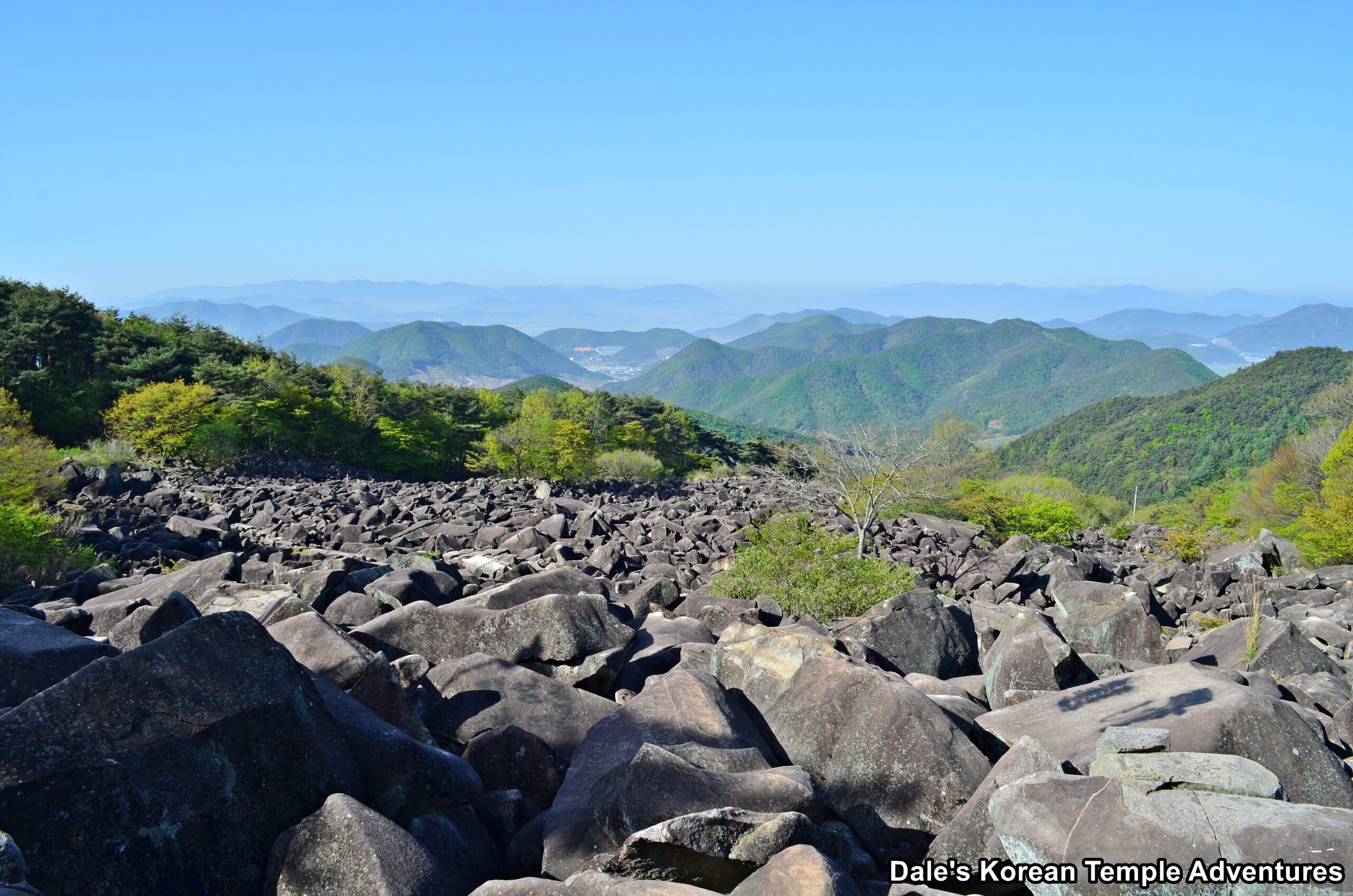
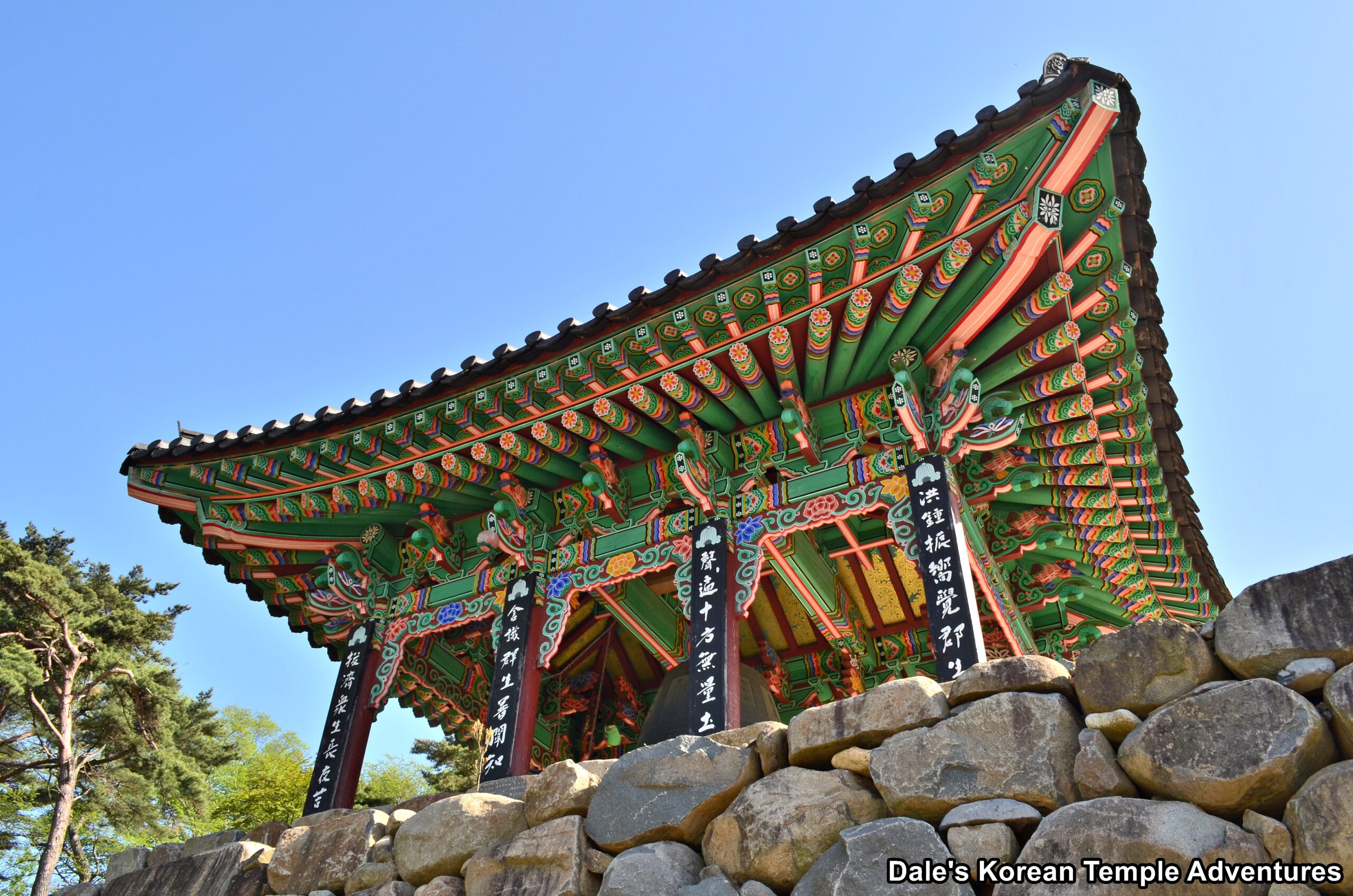
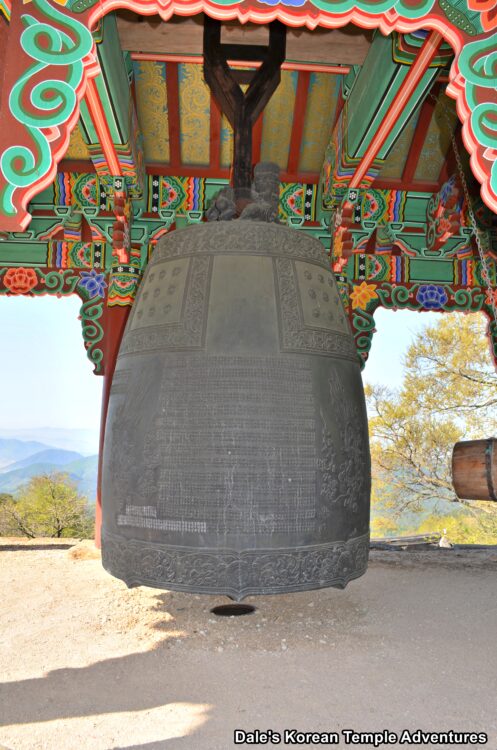
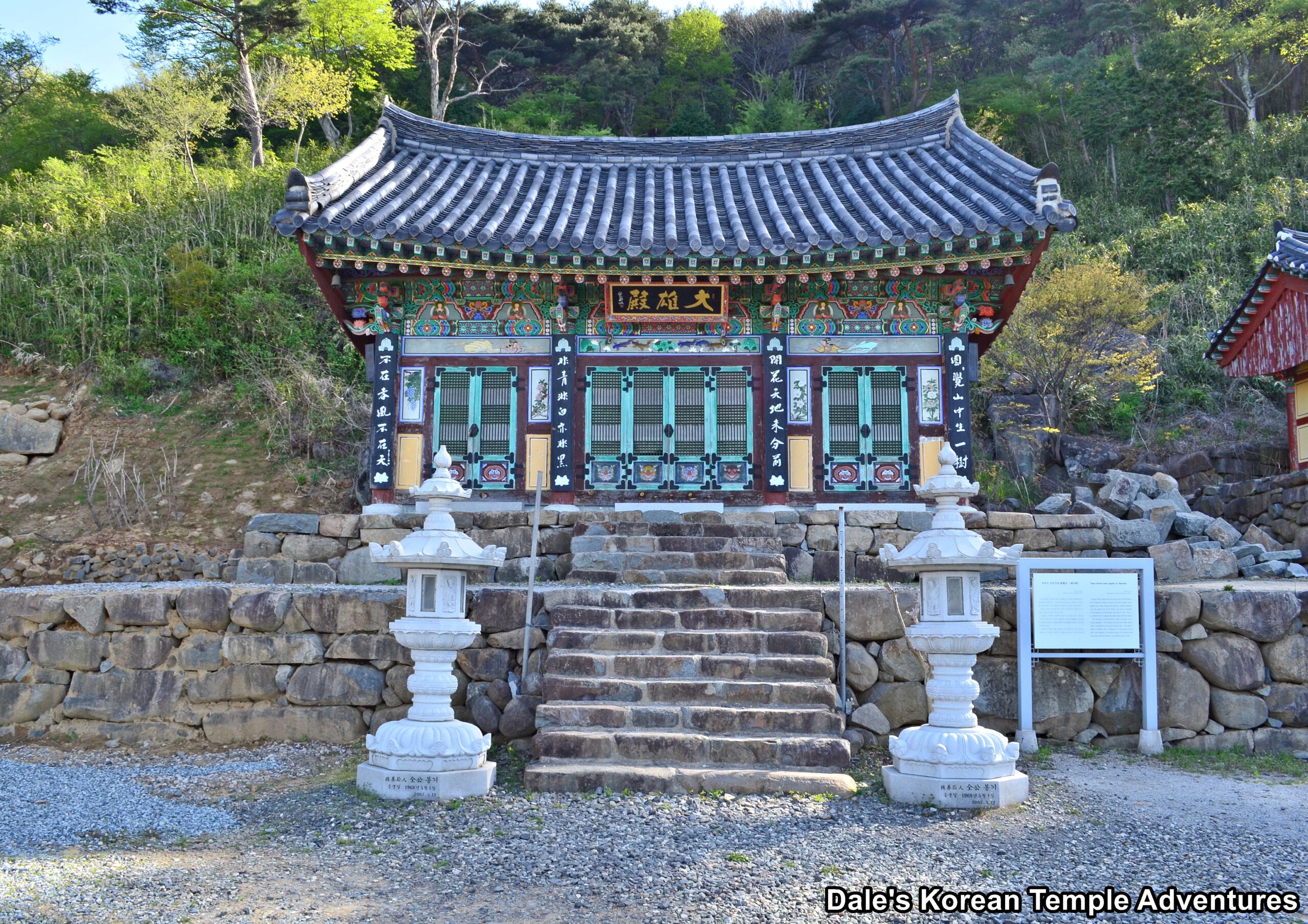
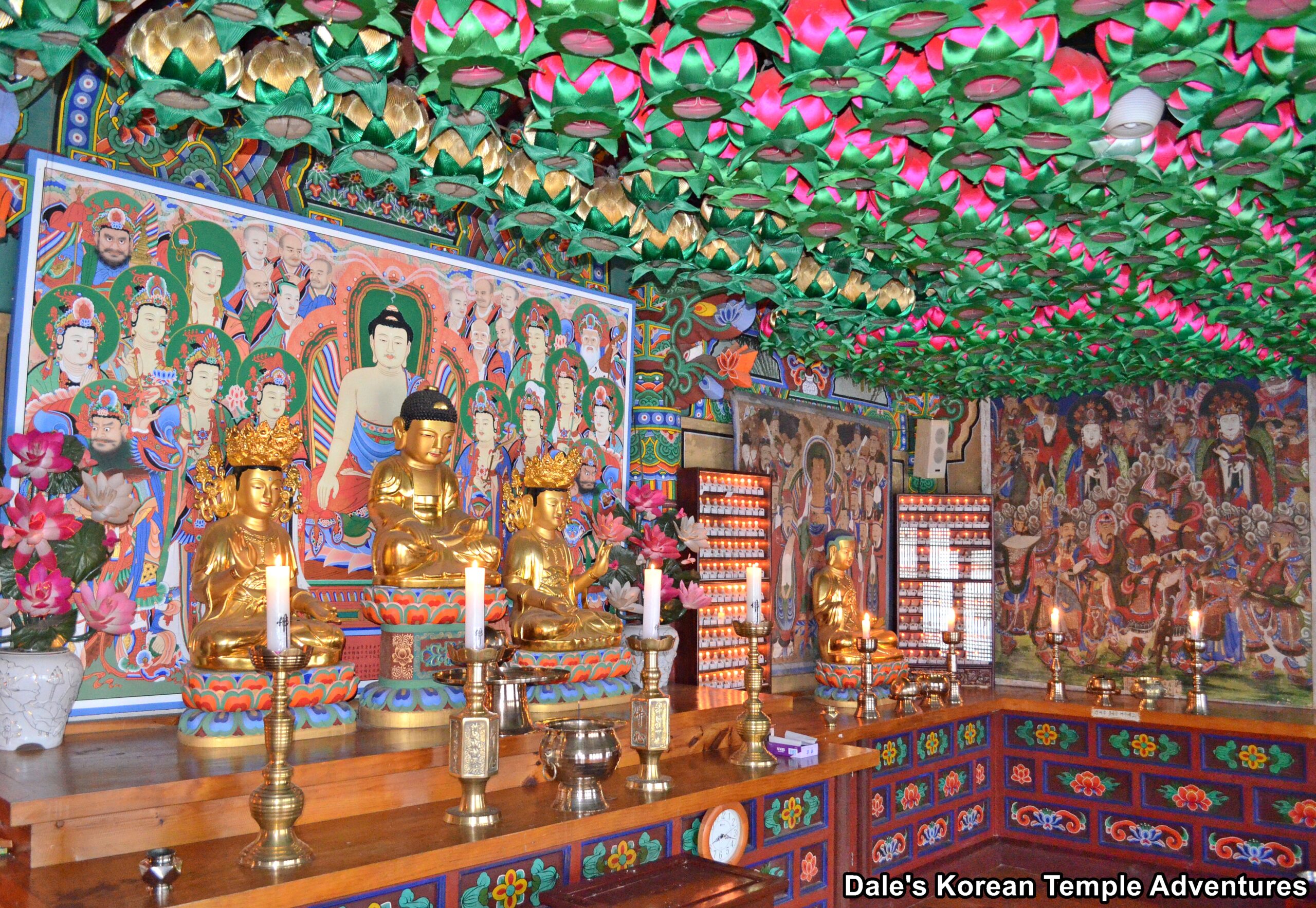
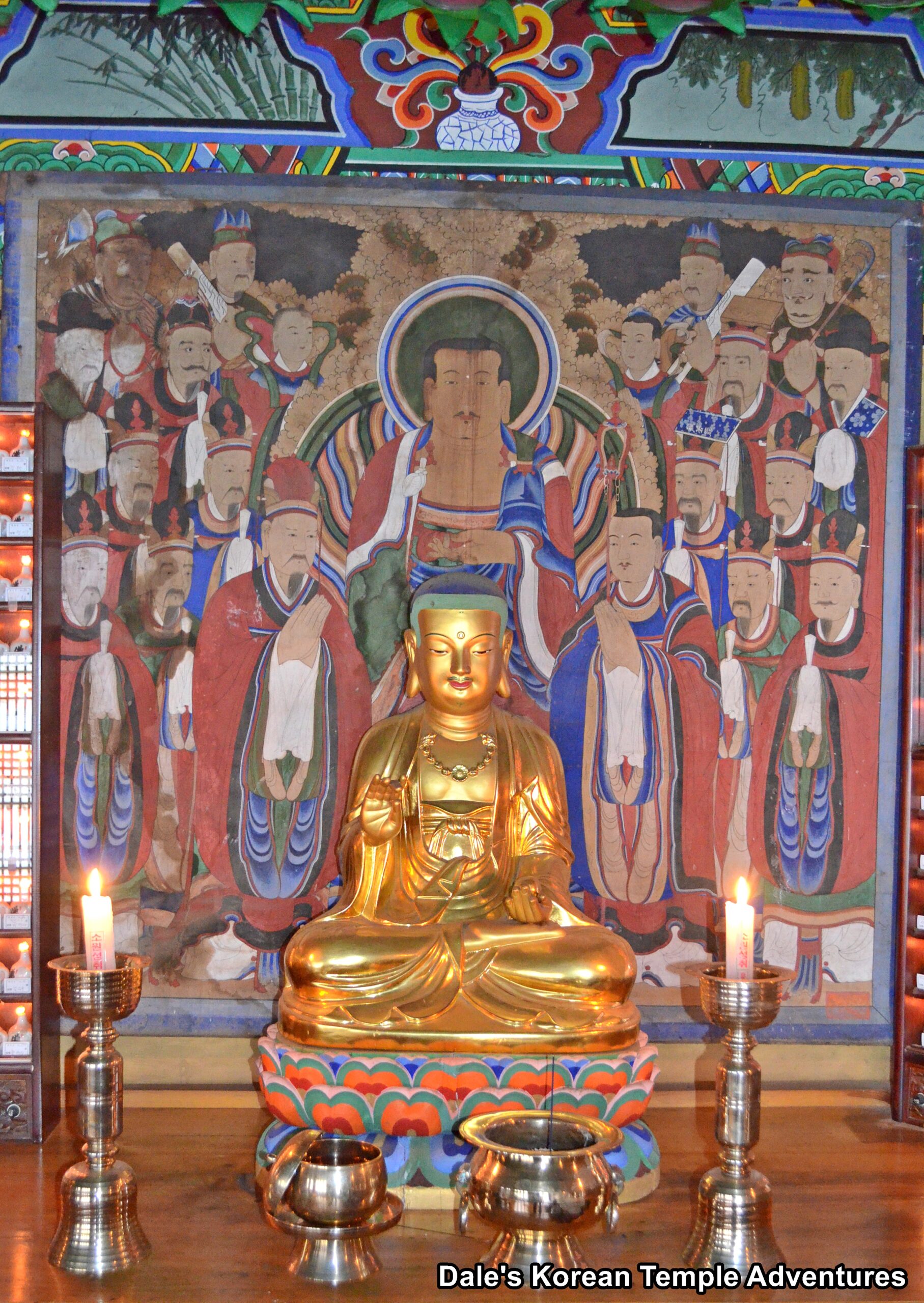
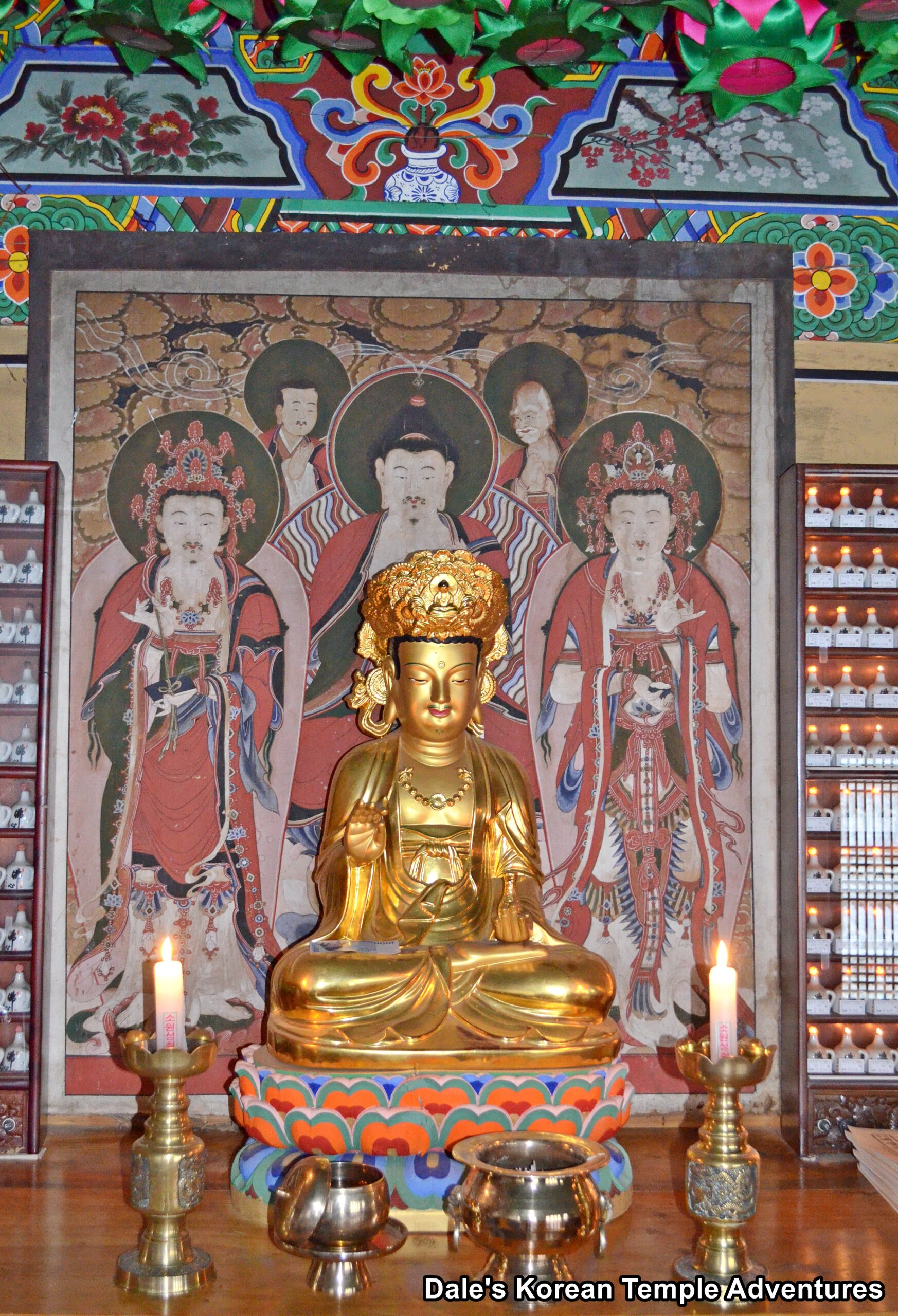
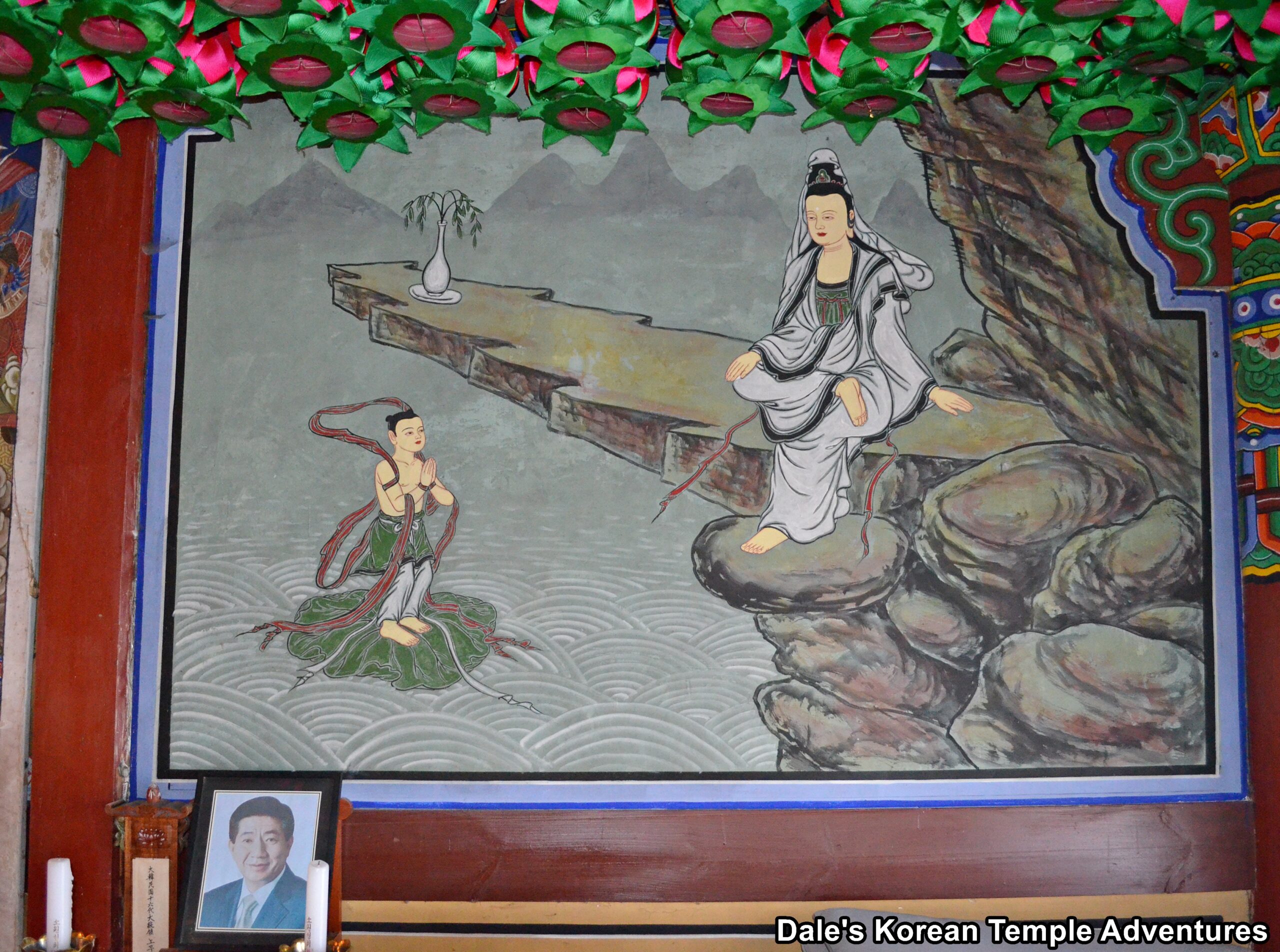
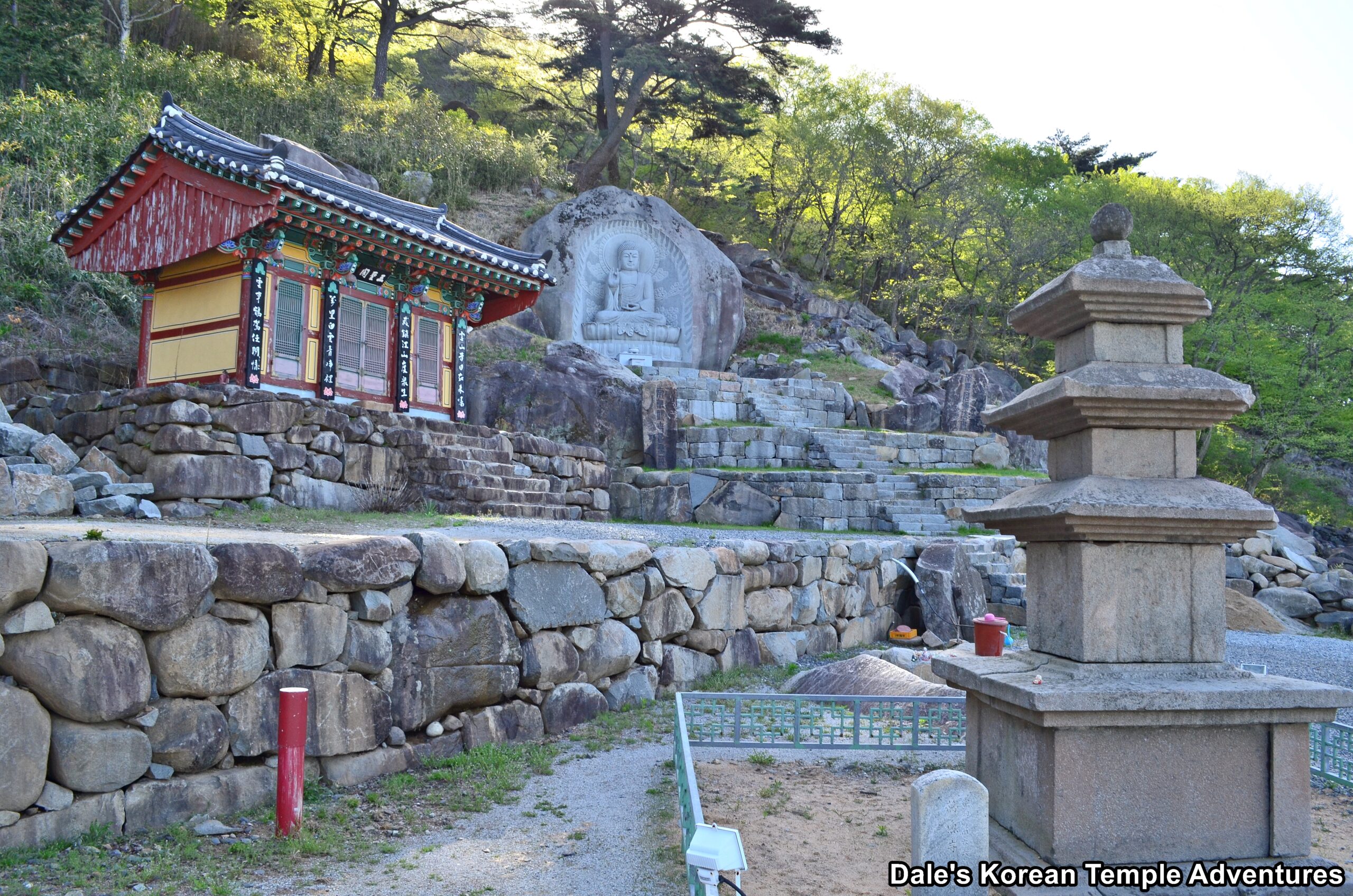
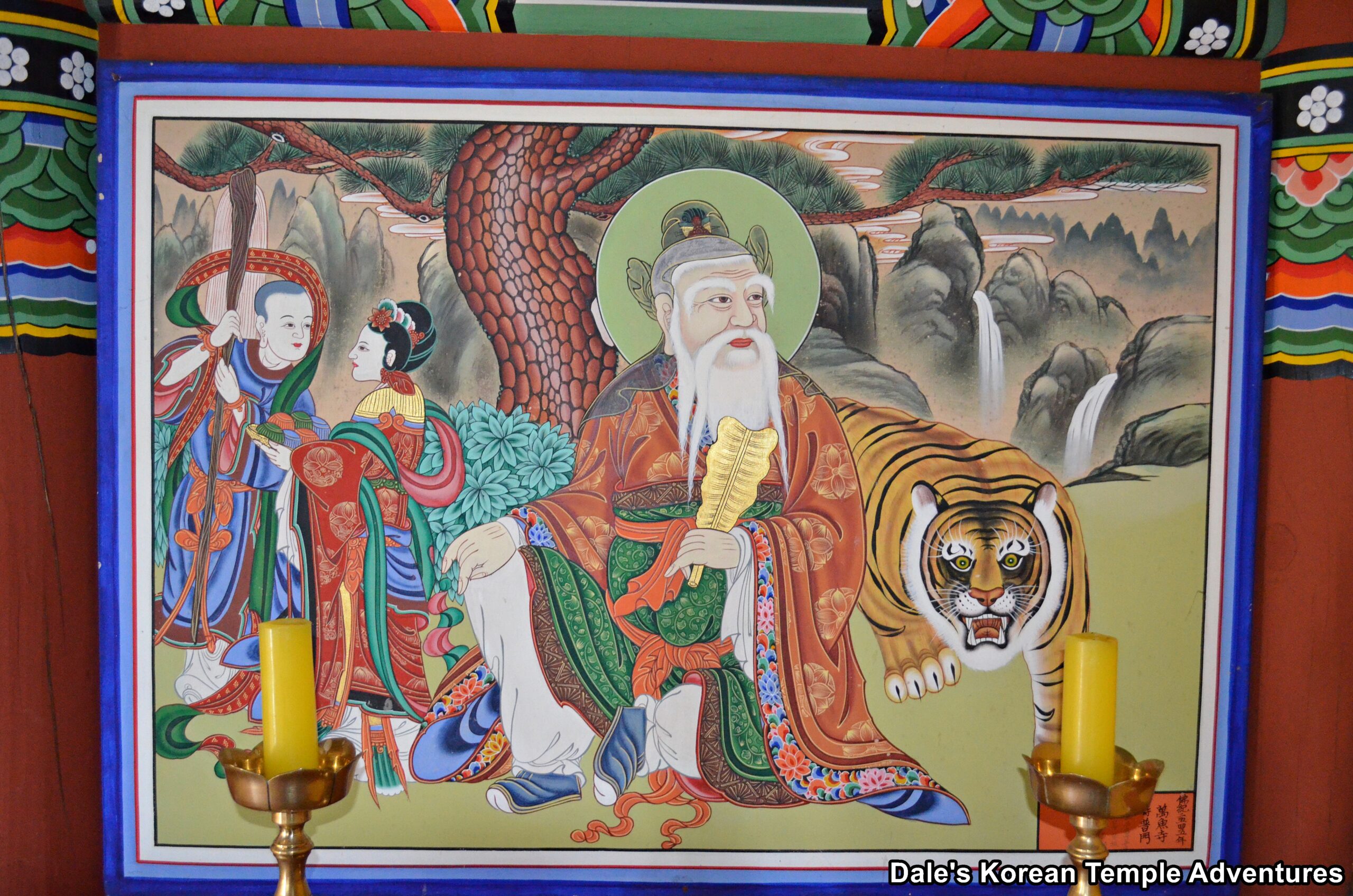
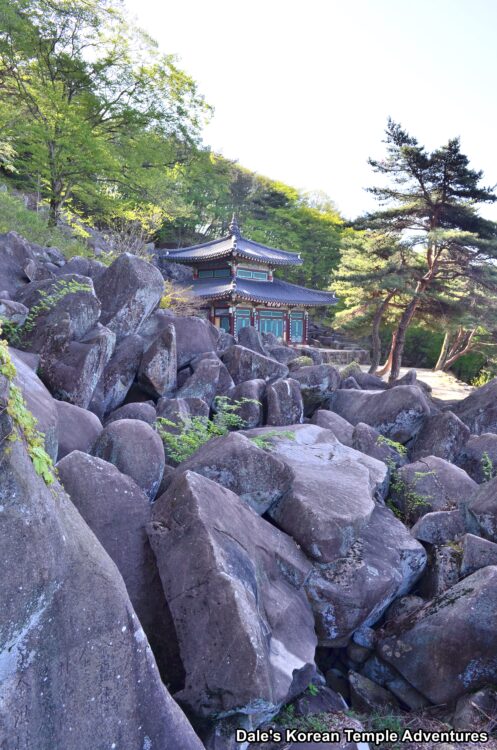
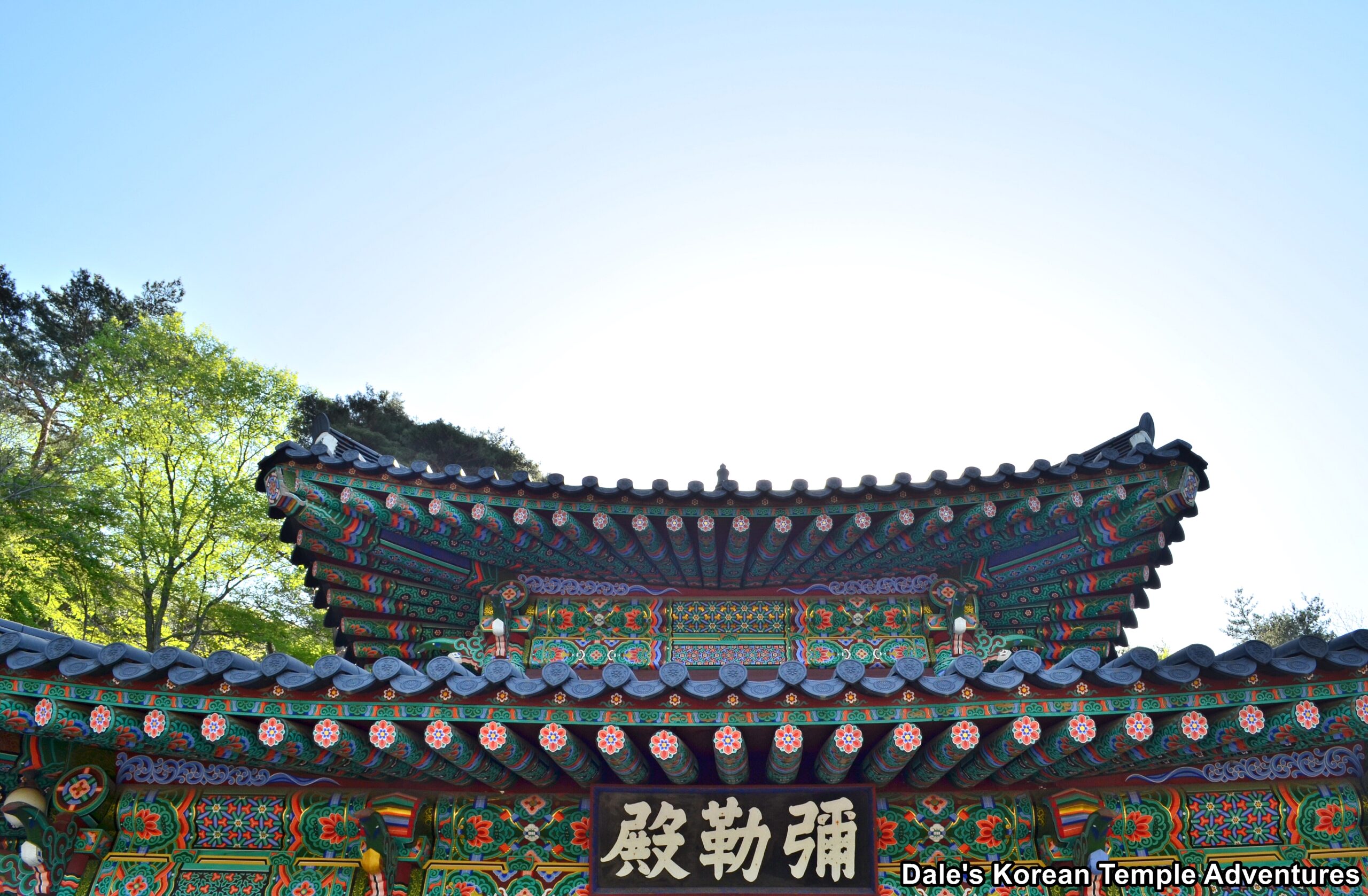
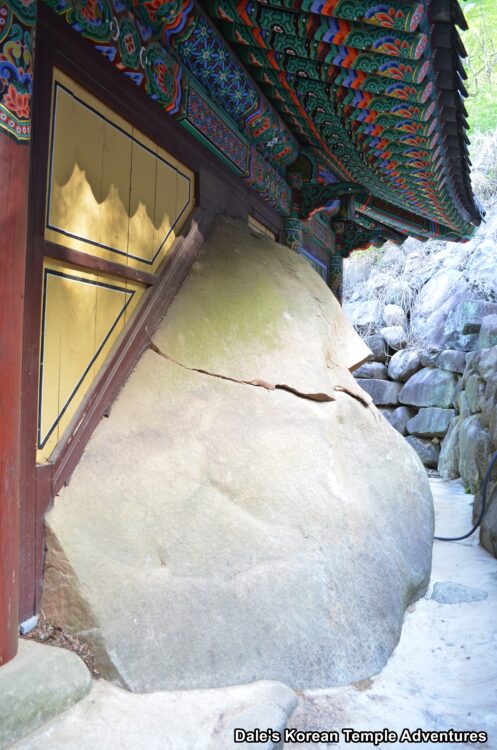
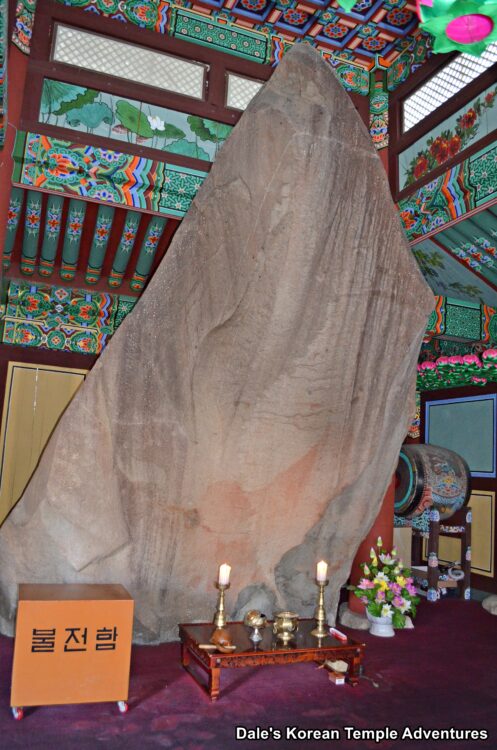


Recent comments